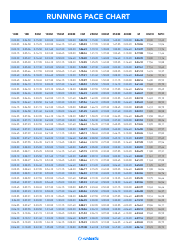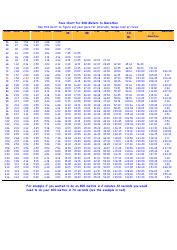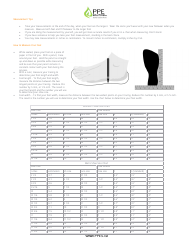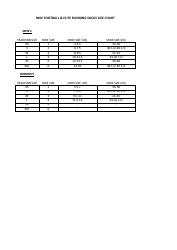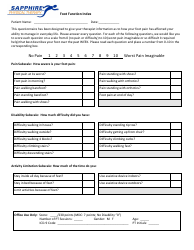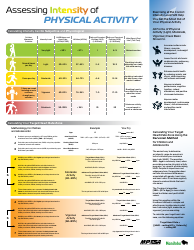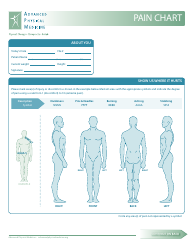Running Pace Chart - Physical Solutions
A running pace chart is a tool used to determine the speed at which a person is running. It can be used by athletes and runners to set training goals, track progress, and plan race strategies.
FAQ
Q: What is a running pace chart?
A: A running pace chart is a tool that shows the average pace you should run at to achieve a specific finishing time in a race.
Q: How can a running pace chart help me?
A: A running pace chart can help you plan and strategize your race by giving you target paces to maintain throughout the event.
Q: How do I use a running pace chart?
A: To use a running pace chart, look for your goal finishing time and find the corresponding pace per mile or kilometer. During the race, monitor your pace to stay on track.
Q: How accurate is a running pace chart?
A: Running pace charts are estimates based on average fitness levels. Individual performance may vary depending on factors like terrain, weather, and personal ability.
Q: Can a running pace chart help me improve my speed?
A: Yes, a running pace chart can be used as a training tool to help you gradually increase your speed and improve your race performance.
Q: Do I have to follow the running pace chart exactly?
A: No, the running pace chart is a guide. You can adjust your pace based on how you feel during the race or if you encounter challenging conditions.
Q: Can I use a running pace chart for any distance?
A: Yes, running pace charts are available for different race distances, from 5Ks to marathons. You can use them for any distance you are training for.
Q: Are there running pace charts for different fitness levels?
A: Yes, some running pace charts provide different goal times based on your fitness level, allowing you to set realistic and achievable targets.
Q: Is a running pace chart only for experienced runners?
A: No, beginners can also benefit from a running pace chart. It can help them pace themselves properly and prevent starting too fast and burning out.
Q: Can I use a running pace chart for walking?
A: Running pace charts are primarily designed for running, but you can adapt them for walking by adjusting the pace per mile or kilometer to match your walking speed.





